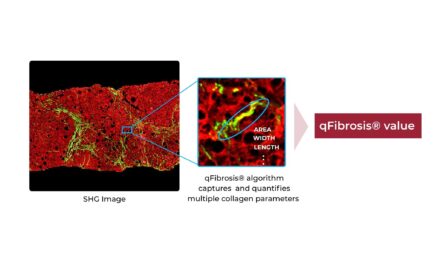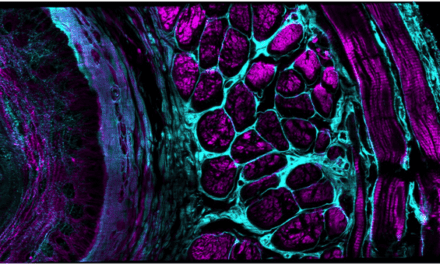The integration of Fujifilm’s Synapse Pathology with PRECIDX optimization platform seeks to address a major barrier to digital pathology adoption in US health systems.
Fujifilm Healthcare Americas Corp has partnered with PRECIDX to integrate digital pathology solutions that can reduce file storage requirements by up to 85%, potentially addressing one of the primary cost barriers preventing widespread adoption of digital pathology in US healthcare facilities.
The collaboration combines Fujifilm’s Synapse Pathology solution with the PRECIDX Optimization Platform (POP) to compress large whole-slide images while maintaining diagnostic quality. Single high-resolution pathology images typically range from 2 to 4 gigabytes, with large laboratories generating thousands of images daily that can accumulate to petabytes of data.
“The benefits of digital pathology are numerous, including increased efficiency, speedier diagnoses, and enhanced remote access. However, the high storage costs of digital slides remain one of the major challenges for providers who have transitioned to digital as well as a barrier to adoption for others,” says Mark Lloyd, PhD, vice president of digital pathology at Fujifilm Healthcare Americas Corp, in a release. “We’re elated to partner with PRECIDX, an innovator in the data optimization space, to address this concern with a robust technological advancement. Our joint technology solution offers a major opportunity to make digital pathology far more feasible for health systems that need to be conscious of the total cost of ownership of a digital pathology system.”
Limited Adoption Despite Efficiency Gains
Despite demonstrated efficiency benefits, only 13% of US academic medical centers and 2% of community hospitals have integrated digital pathology into routine primary diagnostic workflows, according to industry data. Storage costs represent a significant factor in this limited adoption, with healthcare providers spending millions of dollars annually on data storage for pathology studies.
Fujifilm’s Synapse Pathology system delivers digital images for diagnosis 1.99 hours faster than traditional glass slides, according to company research. The PRECIDX platform is designed to reduce file sizes of large digital pathology images while enabling file transfers up to 10 times faster and standardizing data for improved interoperability.
Real-World Validation Results
Hoag Health System, a nonprofit regional healthcare organization in California that treats nearly 40,000 inpatients and more than 1 million outpatients annually, has conducted clinical research validating the combined technology’s performance. The health system will present findings at Pathology Visions, taking place Oct 5-7 in San Diego.
“A key barrier in the wider spread adoption of digital pathology is the significant cost of storing multi-gigabyte whole slide digital images. The POP has achieved a great milestone in addressing this concern, all while maintaining diagnostic reproducibility,” says John Cupp, MD, director of digital pathology at Hoag Health System, in a release.
David Braxton, MD, chief of molecular pathology services at Hoag Family Cancer Institute, will present poster findings on Oct 5 demonstrating how the integrated platform achieved significant file size reductions while maintaining required image quality for diagnostic purposes.
“Digital pathology holds immense promise for transforming healthcare by enhancing diagnostic accuracy, driving precision medicine, and improving patient outcomes,” says Kenneth Tang, chief executive officer and co-founder of PRECIDX, in a release. “Our partnership with Fujifilm, a recognized leader in the space, enables us to enhance their best-in-KLAS Synapse Pathology system with our proprietary data optimization solutions. Together, we’re tackling the storage cost challenge head-on and poised to be a true game-changer for the digital pathology industry.”
ID 360492258 © Vitaliy But | Dreamstime.com





